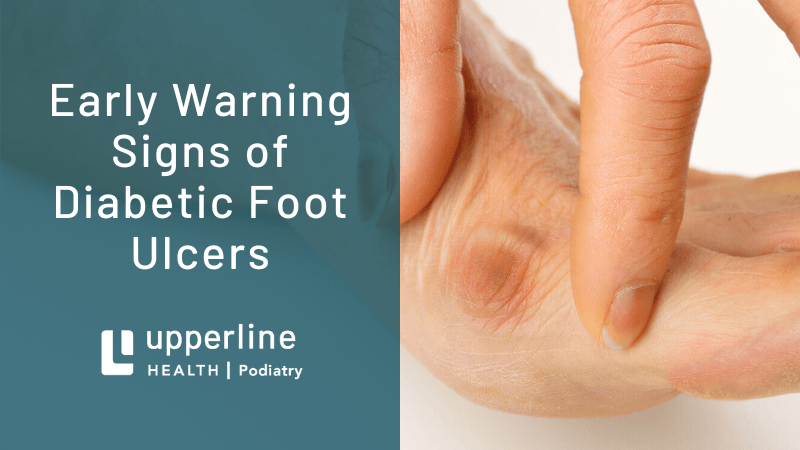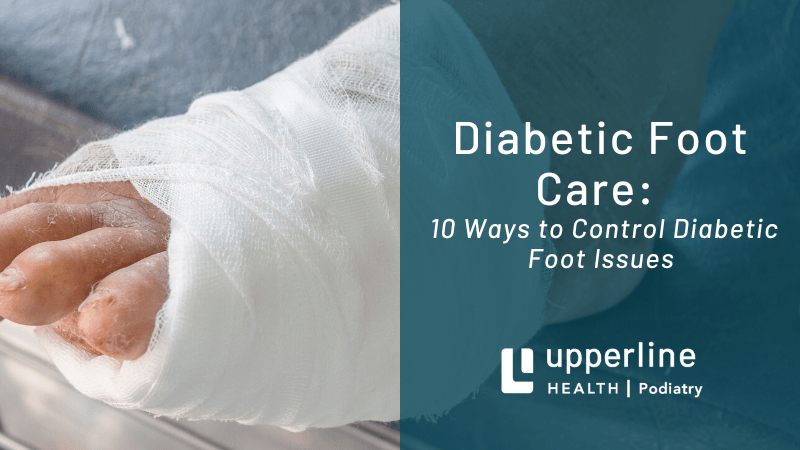Do You Have Peripheral Artery Disease?

If you're currently experiencing any type of leg problems you may have Peripheral Artery Disease (PAD). Arterial problems lead to poor circulation, which in turn can cause you to experience a variety of uncomfortable symptoms in one or more of your limbs. These symptoms can be minor, causing you minimal discomfort. These symptoms can also be major, causing the everyday pain that can get in the way of your ability to live a healthy and happy life.
According to the American Podiatric Medical Association, PAD affects 8 to 12 million Americans, with one in every five people over the age of 70 having the disease.
What Is Peripheral Artery Disease?
Peripheral artery disease is a common circulatory condition that causes a reduction in blood flow due to the narrowing of arteries. This reduction in blood flow often leads to one experiencing some level of pain in their legs when walking aka claudication. While less common, it can also cause pain in one's arms when performing certain tasks, like writing. More often than not the pain goes away after stopping the activity and/or resting for 5 to 10 minutes.
When someone is diagnosed with PAD it’s likely caused by their having too many fatty deposits in their arteries aka atherosclerosis. Over time it’s these deposits that make one's arteries more narrow, directly causing a lesser amount of blood to flow through. While atherosclerosis is often associated with problems of the heart, it can also affect all of the arteries in the body. When it affects arteries that supply blood to the arms and/or legs it causes peripheral arterial disease.
Common Symptoms
PAD symptoms tend to vary widely when it comes to how this disease can affect someone. For example, some people will experience no symptoms, some will experience mild to moderate symptoms, and others will experience severe symptoms. Understand that as the disease progresses symptoms will only worsen. These symptoms can eventually get in the way of one's ability to perform their everyday activities, leading to a decline in quality of life.
- Pain, cramping in legs when walking
- Pain, aching in arms when using arms to perform activities
- Leg numbness
- Leg weakness
- Painful cramping
- Sores that won't heal
- A change in leg or arm color
- Hair loss
- Shiny leg skin
- Slow growing toenails
- Weak pulse in the legs and/or feet
- Erectile dysfunction
List of Risk Factors
Should you be screened for PAD? If you're currently experiencing one or more of the symptoms above making an appointment for a professional evaluation as soon as possible lets you know whether or not you're living with this common arterial disease.
- Smoking
- Being diagnosed with diabetes
- Being diagnosed with high blood pressure
- Being diagnosed with high cholesterol
- Being diagnosed with high levels of homocysteine
- Having a body mass index (BMI) over 30
- A family history of PAD, heart disease, or stroke
- Being of a certain age – 50 for those who have high-risk factors; risks increase after 65 due to aging
Smokers and those living with diabetes are most at risk of being diagnosed with peripheral artery disease as these 2 risk factors greatly reduce blood flow.
Treatment Options
Treatment options are in place to help manage symptoms experienced, as well as to help stop the progression of the disease. Common medical treatment options include taking prescribed medications and/or undergoing certain surgical procedures.
Those diagnosed are first encouraged to make any positive life changes that support an overall healthy body, i.e. stop smoking, exercise regularly, eat a nutritious diet, avoid taking certain cold medications.
List Of Common Medical Treatment Options:
- Supervised exercise program
- Cholesterol-lowering medications
- High blood pressure medications
- Blood sugar control medications
- Blood clot prevention medications
- Symptom relief medications
- Angioplasty
- Bypass surgery
- Thrombolytic therapy
Who Can Treat PAD?
A podiatrist can both diagnose and treat peripheral artery disease. Podiatrists perform a simple test aka ankle-brachial index (ABI) to determine whether or not someone is living with this disease. If a diagnosis is indeed made, then a podiatrist will offer their professional next step advice based on the extent of the disease.
Conclusion
If you happen to be experiencing any of the above symptoms it's best to make an appointment with a podiatrist to determine whether or not you're currently living with peripheral artery disease. It’s important to understand whether or not your symptoms are a normal part of aging or something more serious that needs to be addressed and treated by a medical professional. Contact your local Upperline Health clinic for more information.



